Top 6 facts about Bologna's UNESCO Porticoes
Updated on 10 June 2024 From Bologna Welcome
Bologna has been the city of the UNESCO Porticoes since 28
July 2021, with its 12 arcaded stretches awarded World Heritage status. People
walk through them every day on their way to school, work or shopping; stop
there for an aperitif at dinnertime or to catch up with a long-lost friend.
So here are 6 must-know facts about the arcades and their role as an intangible world asset in the city of Bologna. Will you still look at them as before?
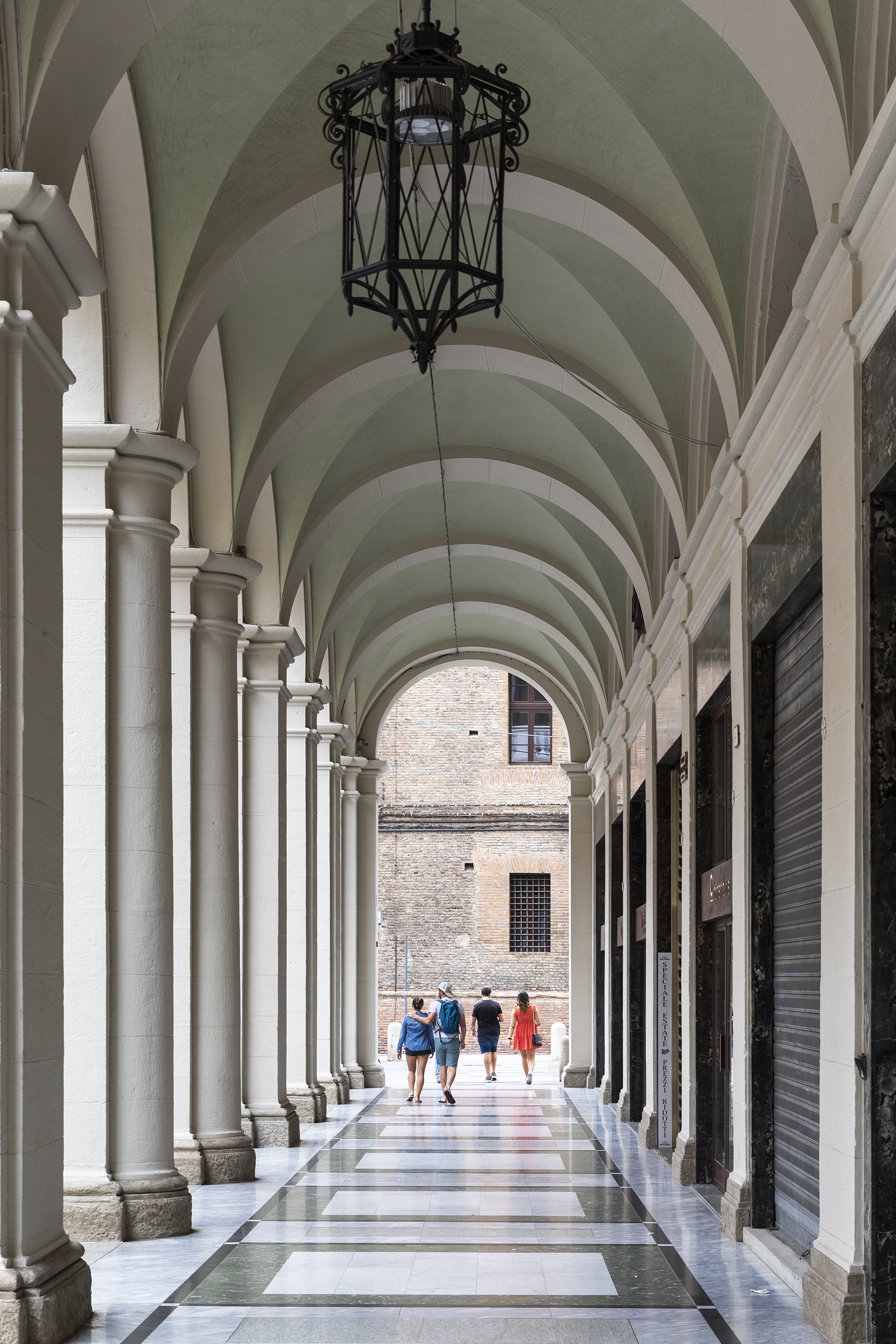
A
62-km-long embrace is what Bologna is offering to anyone who travels through
it, stops there, visits it for the first time or lives there forever. Whether
you are a transient visitor or a loyal citizen, when you walk under the city's
porticoes you immediately feel at home.
Not
only in the city centre but also outside the walls, beyond the suburbs, the
entire metropolitan area is dotted with well-preserved city arcades.
Find out more about theporticoes outside the walls of Bologna➝
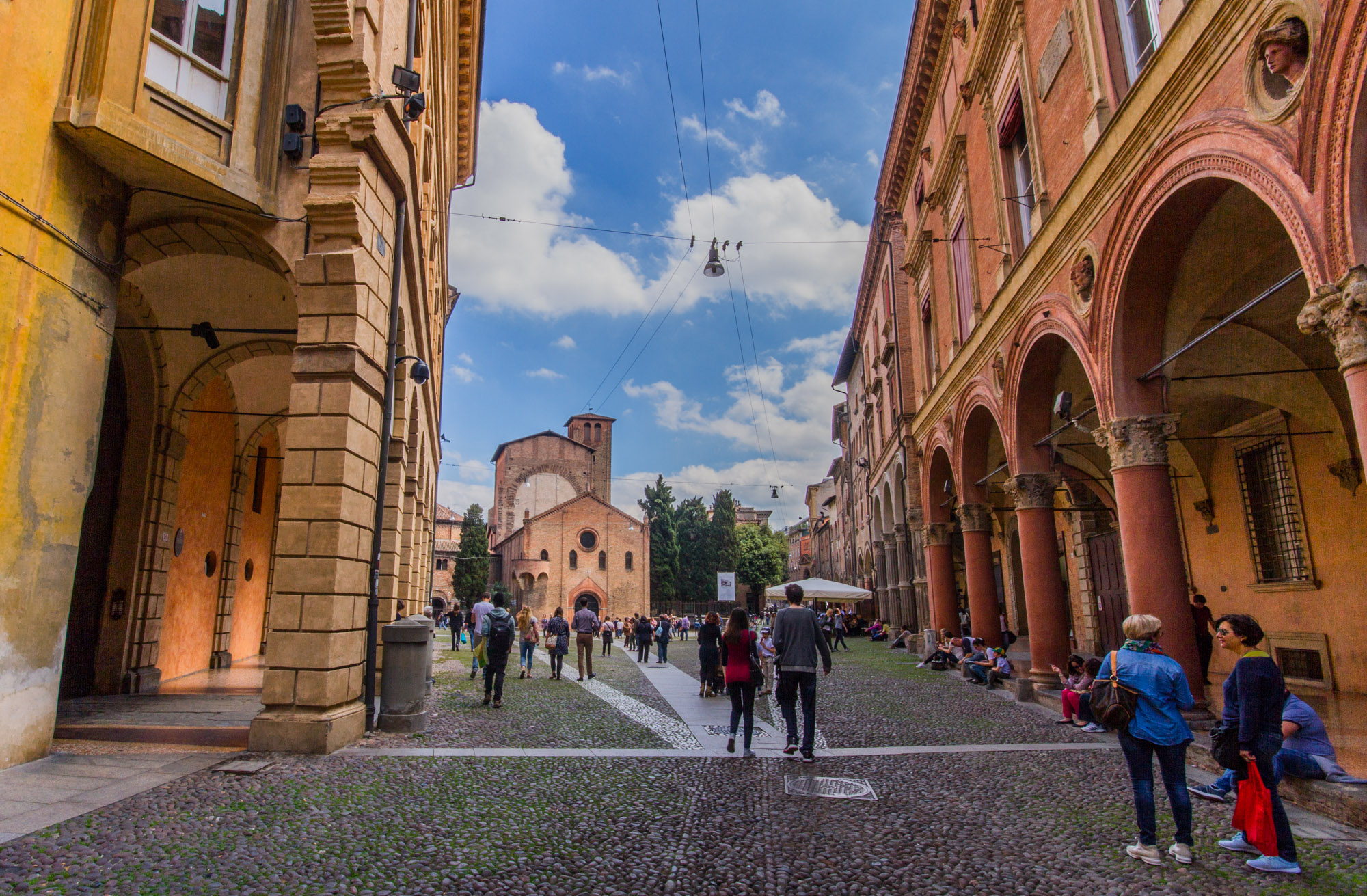
Take a step back in history and you will understand why Bologna is a unique city. Only in 1288 did the Municipality demand the mandatory presence of porticoes as an architectural element of every new building. The reason? It has always been a matter of welcoming and integrating students, professors from all over the western world for the famous university Alma Mater, and even people who moved to the city from the countryside for work. While preserving the legal nature of the portico as private property for public use, it is considered in the collective imagination to be a community asset with an inimitable number of activities going on right under it.
Find out more about the University of Bologna➝
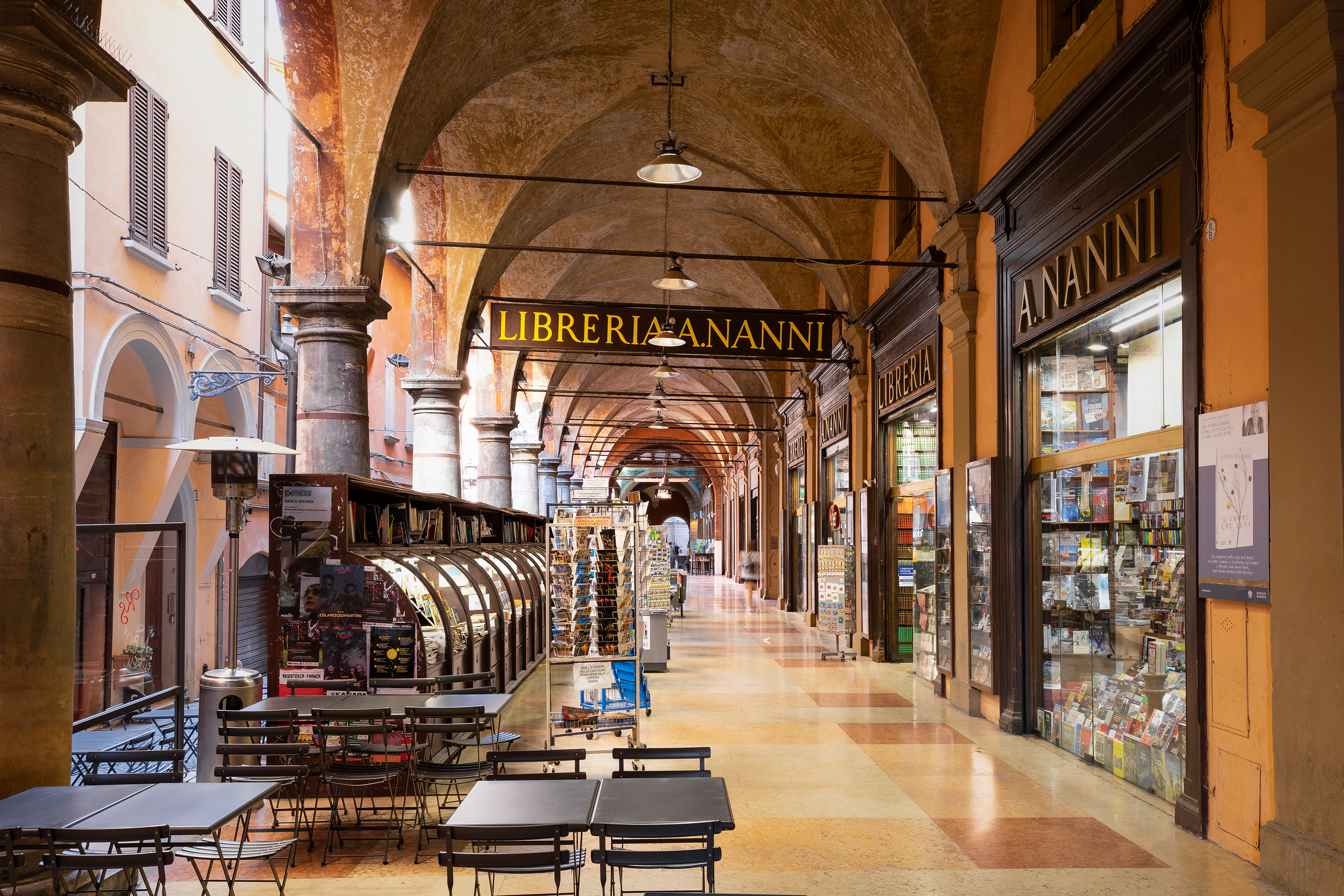
The 1288 edict issued by the Municipality of Bologna regulated, among other things, the greatest urban revolution ever to take place in the city during the Middle Ages. Sure enough, it set the dimensions of the porticoes in height and width so that citizens in Bologna could be free to carry out their activities, such as open-air markets or public ceremonies, under its porticoes, while being indoors and without obstructing the passage of pedestrians or men on horseback with hats on their heads. Too bad that today riding a horse under the porticoes to test its height while wearing contemporary and fashionable headgear is not allowed.
Find out curiosities about UNESCO Porticoes ➝
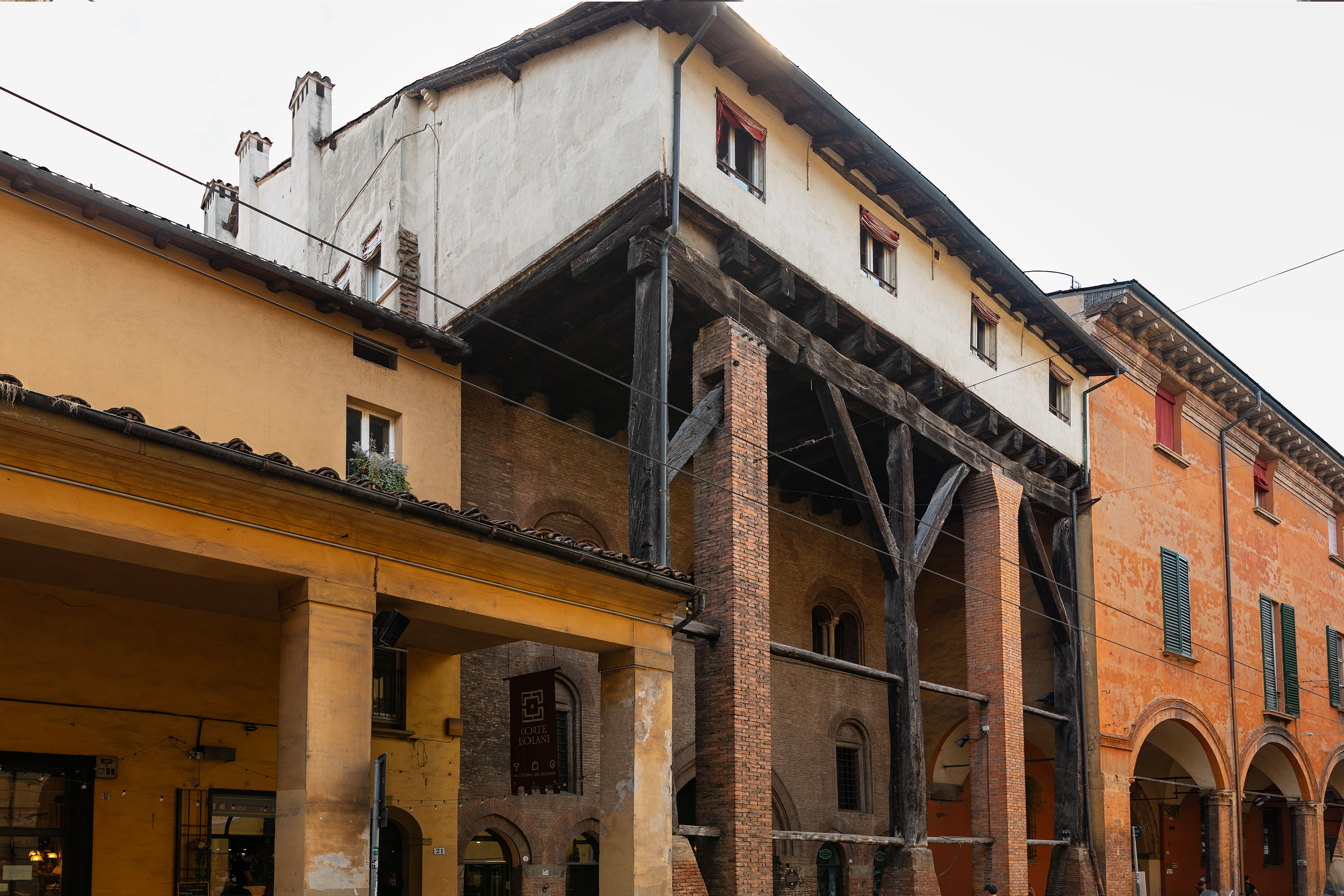
From the city's largest square, Piazza Maggiore, we reach Porta Saragozza before heading towards the Sanctuary of the Madonna di San Luca, one of the city's most recognisable symbols on the Colle della Guardia. The route from the gate to the basilica is 3.8 km long and the world's longest UNESCO colonnaded stretch; there are said to be 666 arches, interspersed with votive chapels, making it a popular route for pilgrims on the occasion of the procession of the Blessed Virgin of St. Luke, as well as the first gateway to several hiking trails, including the famous Path of Gods and Path of Wool and Silk.
Find out more about 5 trails you may not know➝
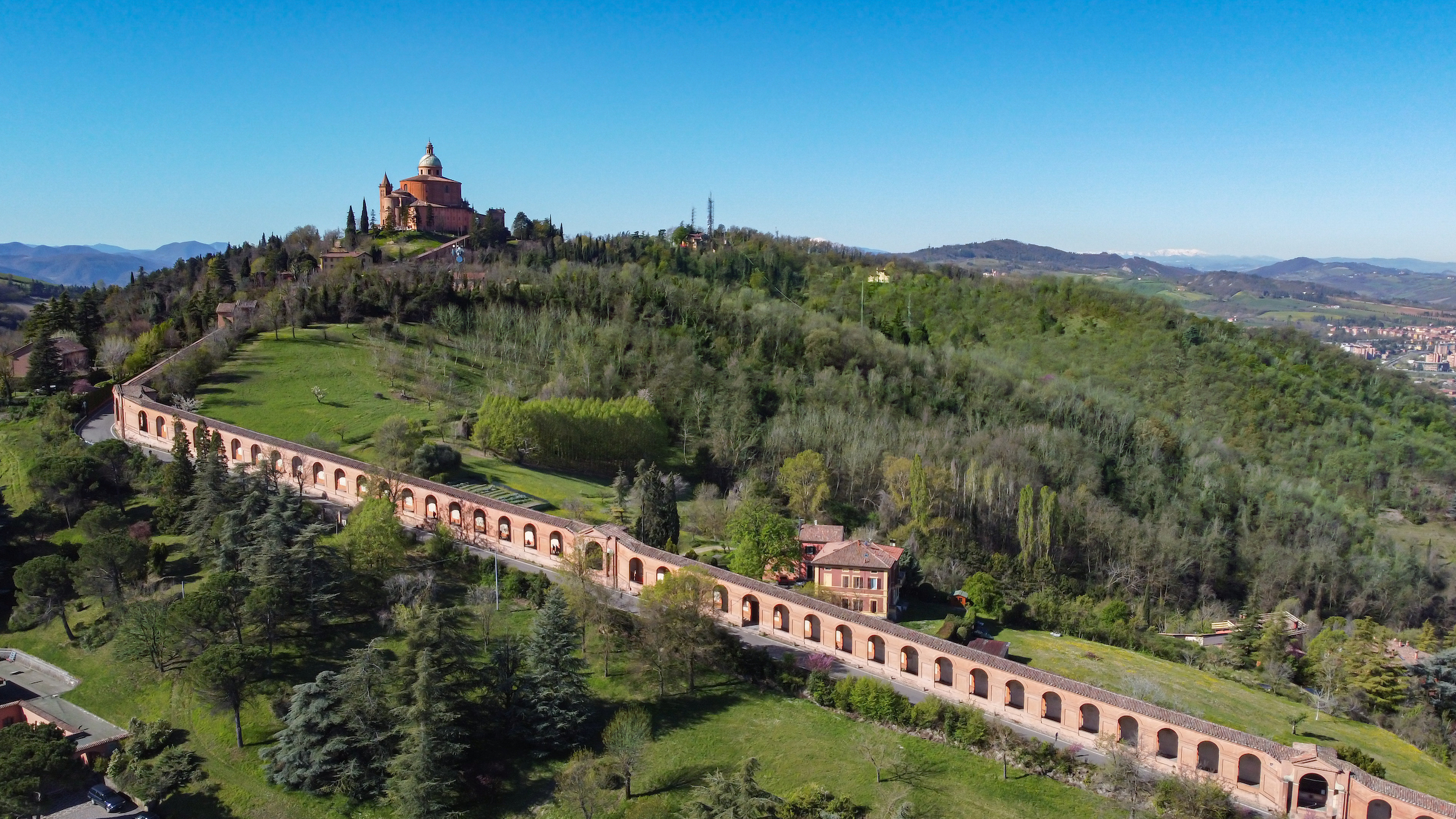
There
are 12 sections of arcades in the city and the surrounding built-up areas
designated as World Heritage Sites, clustered as follows:
Each with its own architectural and stylistic attributes, the downtown arcades fit together perfectly and best represent the city's dynamism, its ability to adapt, without depersonalisation, to the changing times.
Find out more about UNESCO Porticoes' of Bologna➝
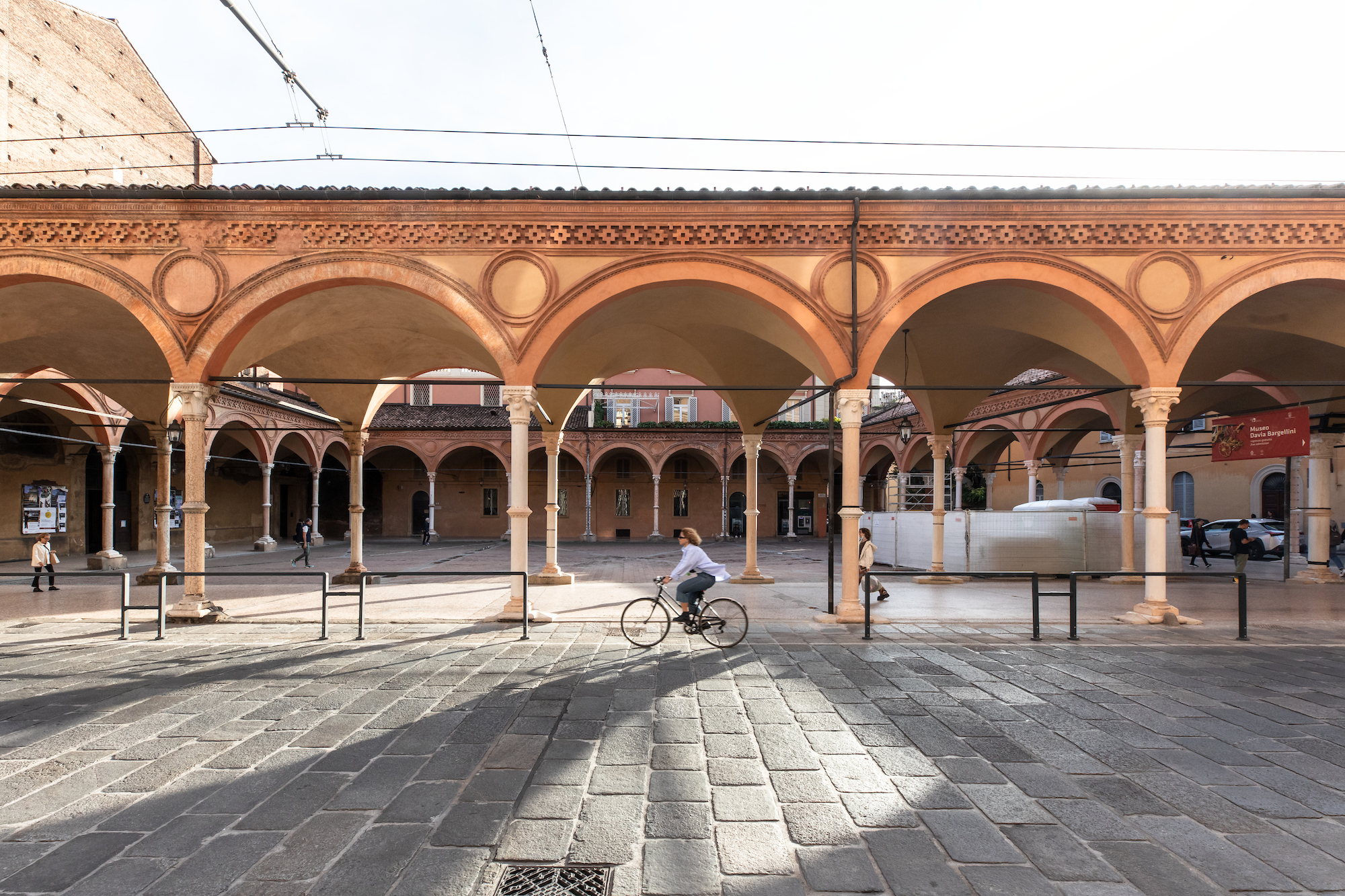
1962
is the year the Treno della Barca was inaugurated, the over 500-metre-long
housing complex designed by famous architect Giuseppe Vaccaro, and
characterised by its unique architectural elements and its World
Heritage-listed porticoes.
The colonnaded stretch is located in the heart of the Barca area, a western suburban district of the city, subject to the most significant post-World War II urban intervention in Bologna. The area grew up around the Reno River Park, but few people know that it actually owes its name to the ferry (Barca) that connected Strada Sant'Isaia (today Via Andrea Costa) with the other side of the river towards Casteldebole.
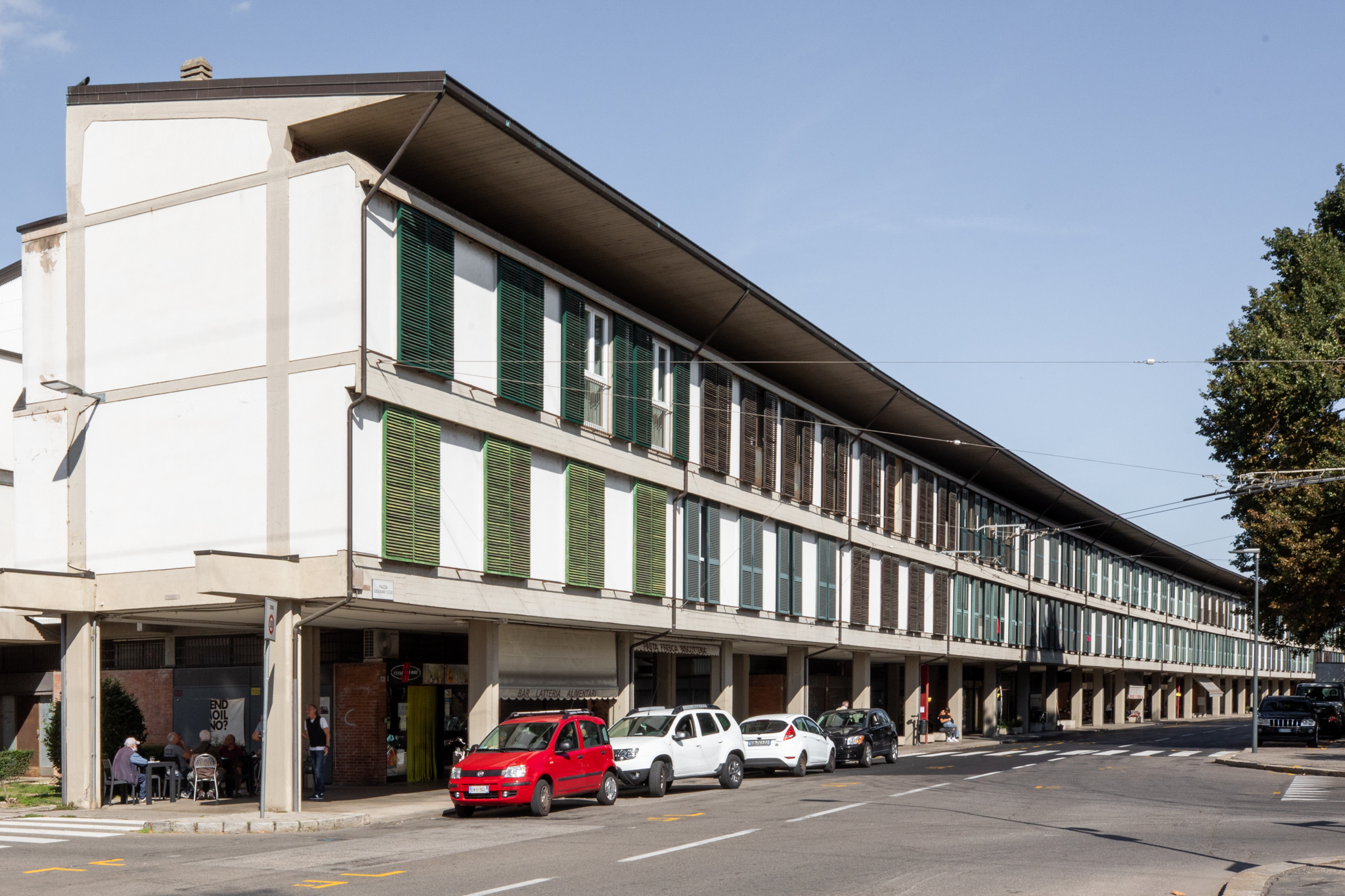
More information on the official website➝